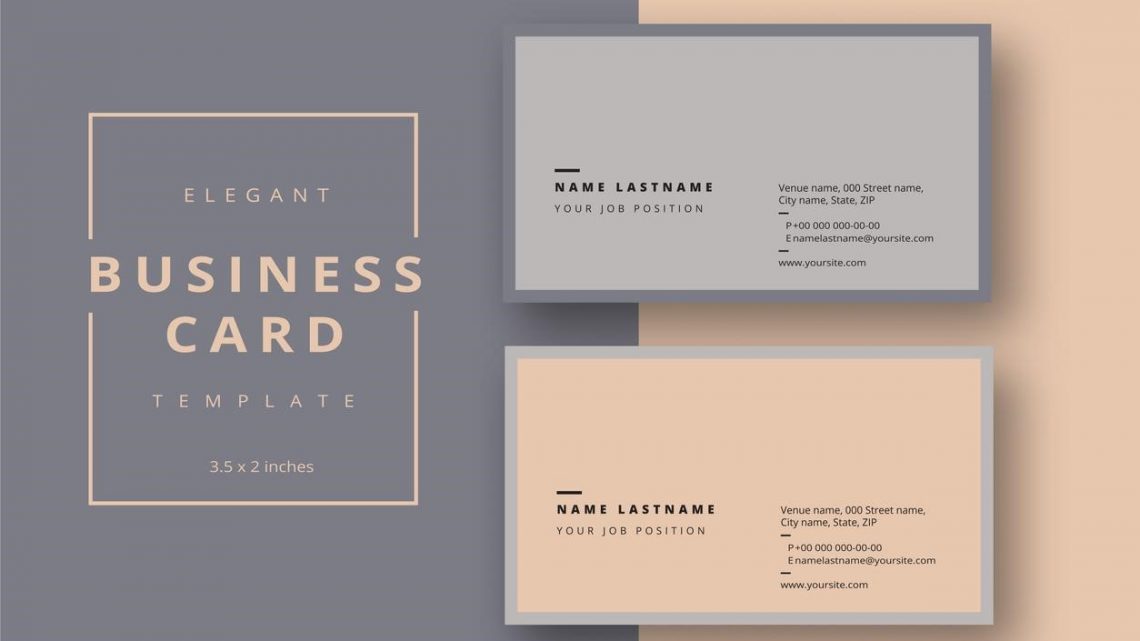
5 Business Card Mistakes You Might Be Making
In the realities of the modern world, a business person, a public personality, a company, or a true professional in some field cannot do without business cards. This printed accessory contains brief yet important contact information about an individual or organization. It is convenient to exchange business cards at meetings or pass them on to promising acquaintances, potential clients, and future partners. Business cards can be attached to advertising items or product packaging and distributed at various promotional events, presentations, exhibitions, meetings, conferences, etc.
Business cards play a critical role, as they often create the first impression of a person or company. If you bother to put a lot of effort into designing them, your brand will have a powerful marketing tool. The cards will be kept by your partners and customers for years instead of being lost among competitors’ offers or thrown away. However, you first need to know how good business cards are different from bad ones and what mistakes you should avoid when creating custom cards to market your business. For example, you can use visiting card design online free templates which are already pre-made by professionals and you can simply make some small amendments to them to suit your needs.

Poor Quality of Materials
A business card helps to build an overall image of you as a professional and a person. After creating the card design, you should choose an appropriate material for printing. Thin paper and poor ink will make you look like a penny-pincher who is not ready to invest in business development. Another mistake is printing on coated material where a pen and pencil cannot be used. One of the most common ways to make your business card more useful is to allow additional information to be written on it.
Ignoring Technical Requirements
It is important to know commonly accepted sizes for business cards not only in your country but also in the country of your partners because they may differ. Knowing this data, you should prepare an accurate layout for your piece of print media. When creating the latter, you need to factor in 5-6 mm that will be cut during production. All design elements must be located 10 mm away from the edges. You should also choose the CMYK color model to display colors correctly and a resolution of at least 300 dpi for high-quality printing.

Too Funky Design
Choose a design that embraces your corporate identity. Your business card should serve as a continuation of your company’s style. Classic style and minimalism are win-win options, which are versatile enough to suit just about any company. Their key advantage is simplicity, which places the main emphasis on informational content and clarity. The color scheme is usually limited to 2-3 colors while the decor is chaste and uncluttered.
Experimenting with all sorts of fonts rarely turns out to be successful. Quite the opposite: ornate letters, fine print, and acid colors are the main enemies of stylish text design. With a huge selection of highly readable fonts, choosing the perfect option is not difficult.
Make sure you don’t overload the layout. Correctly placed accents on a business card direct a person’s attention to the information to read first and leave enough free space to avoid interfering with the perception of the text.
Incomplete Information
Fields intended for company information and contact details are the main elements of business cards. If your card contains the company name without a specific list of services or areas of activity, it becomes simply uninformative and useless. When people do not understand which company is it, they are more likely to throw the card away than try to remember what it is all about.
Take the information you add to your card seriously. The required attributes are the name of the organization, contact phone number, email, address, and website. It is also important nowadays to include info about social networks, as they are popular tools for promotion, finding a new audience, and proving your business reliability.

Grammar Mistakes and Corrections
Unfortunately, business cards with typos or grammatical errors are quite common. Most often, they are caused by inattentiveness, haste, or some kind of problem with computer programs. Correcting mistakes with a pen is also a bad decision. If some information on a business card is outdated (you changed the phone number, address, email, etc.), do not cross it out or add relevant details manually. At best, it looks strange and sloppily, so make sure to update your business card design ASAP.
Final Word
Using this information, you will easily create a perfect business card that can be successfully applied in practice for your prosperity. And keep in mind that you do not have to turn to designers because the World Wide Web provides many services to unleash your creativity and produce branded items on your own.